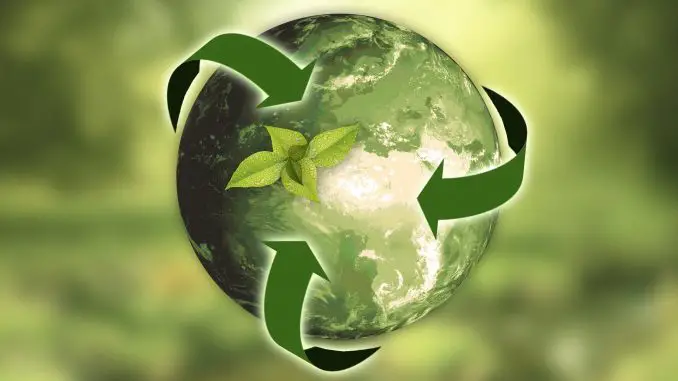
The greenhouse effect – this is how it works!
The greenhouse effect means that the Earth’s surface is heated by solar radiation and in turn, sends back heat radiation. However, most of the heat radiation remains in the atmosphere due to greenhouse gases.
Without greenhouse gases, the earth would have been too cold for people to live here, but for the past century, human emissions of greenhouse gases have been so great that they cause climate change.
Carbon dioxide
One of the most important greenhouse gases is carbon dioxide. Carbon dioxide naturally occurs in the atmosphere and is used as a building material when plants grow through photosynthesis. When the opposite process occurs, for example during combustion, the carbon molecule is released and released into the atmosphere.
For millions of years, plants took carbon dioxide from the atmosphere and used it as a building material through photosynthesis. Some of the plants were broken down, for example by eating and burning them, but a lot of them were stored in the soil and became carbon dioxide deposits in the form of oil, coal and methane gas. The slow storage of carbon dioxide led to a gradual cooling down to the stable and predictable climate that we have enjoyed over the last 10,000 years.
Industrialization
When industrialization started, the energy was needed for, among other things, production and transport, which led to increased use of the stored energy contained in the oil, coal and methane gas. This also increases the carbon dioxide levels in the atmosphere, the greenhouse effect and thereby also the temperature.
The consequences of the increase in temperature are already clear today in the form of climate change. The ice cover on the poles decreases in size, which contributes to an increased sea level and reduced reflection of solar radiation. An increase in the sea level, in turn, means that people living near the coast and in low-lying countries may need to move and reduced reflection of solar radiation increases the warming of the earth’s surface.
How can I help the climate?
There is a lot you can do as an individual. Among other things, you can review your habits. If you shop a lot you can try to reduce it, or start looking for second-hand products. The meat industry has a major climate impact, so reducing meat and starting to eat more plant-based is also an important step.
Leaving the car at home sometimes, and instead of cycling or taking the bus if you have the opportunity, is good to do as well as reduce your flights. Today, there are very good opportunities to go on trains domestically, and getting trains out in Europe becomes easier and easier.
Of course, in addition to these things, climate compensation is always good. Then you contribute to climate benefit in any other part of the world. However, climate compensation is not a way to continue living destructively from a climate point of view, but to make a real difference, you also need to start living more climate-smart!
Leave a Reply